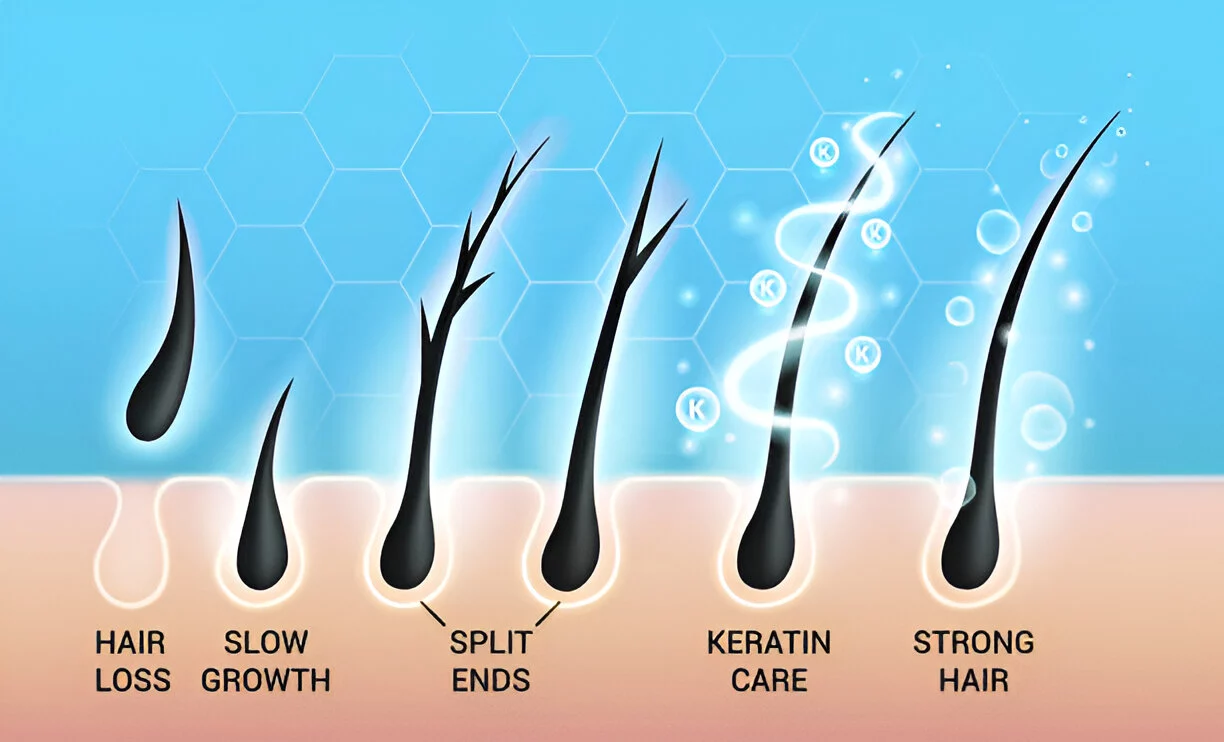Ingrown hairs are a frustrating and often painful skin concern, but if you have curly or coily hair, you may have noticed they happen more often than you’d like. While anyone can experience ingrown hairs, those with naturally curly textures are particularly prone to them.
Understanding why this happens can help you better care for your skin and prevent those inflamed bumps from forming in the first place.
What Is an Ingrown Hair?
An ingrown hair occurs when a hair grows back into the skin instead of rising up through the surface. This leads to irritation, inflammation, and sometimes small, pimple-like bumps. Shaving, waxing, and even tight clothing can contribute to the development of ingrown hairs, especially if dead skin cells or product buildup are present on the surface.
Why Curly Hair Types Are More Susceptible
The shape and structure of curly and coily hair play a big role in the likelihood of ingrown hairs. Curly hair grows at a sharper angle and tends to curl back toward the skin more easily than straight hair. When that curl penetrates back into the skin’s surface, it causes the body to react as if it’s a foreign object, resulting in inflammation.
In addition, curly hair is often thicker in diameter, which can make it harder for the follicle to push through if the pore is clogged. This is especially true after hair removal, when regrowth starts to occur.
Common Areas Affected
People with curly hair may notice ingrown hairs more frequently on:
- The beard area (for men)
- Bikini line
- Underarms
- Legs
These areas tend to undergo frequent shaving or waxing and are often subjected to friction from clothing, which worsens the problem.
How to Prevent Ingrown Hairs If You Have Curly Hair
1. Exfoliate Regularly
Gentle exfoliation helps remove dead skin cells and prevent pores from becoming clogged. This gives new hairs a clear path to grow outward, not inward.
2. Use a Sharp Razor or Try an Electric Trimmer
If shaving, always use a sharp blade and shave in the direction of hair growth. Avoid pulling the skin too tightly, as this can increase the risk of hair curling back into the skin.
3. Consider Alternative Hair Removal Methods
Laser hair removal and professional waxing may reduce the frequency of ingrown hairs, especially for those who struggle with chronic irritation.
4. Keep Skin Moisturized
Dry skin can make it more difficult for hair to emerge properly. Use a non-comedogenic moisturizer to keep the skin barrier healthy.
5. Choose Products Designed for Ingrown Hair Care
Products with salicylic acid, glycolic acid, or tea tree oil can help prevent and treat ingrown hairs while soothing the skin.
For more insight into proper skincare routines and effective ways to address this issue, visit: https://seraphic-skincare.com/blogs/news/ingrown-hair
Embrace Your Texture—Without the Irritation
Having curly hair doesn’t mean you’re destined to deal with ingrown hairs forever. With the right skincare practices and a little patience, you can keep your skin smooth, clear, and comfortable.

Lexy Summer is a talented writer with a deep passion for the art of language and storytelling. With a background in editing and content creation, Lexy has honed her skills in crafting clear, engaging, and grammatically flawless writing.



